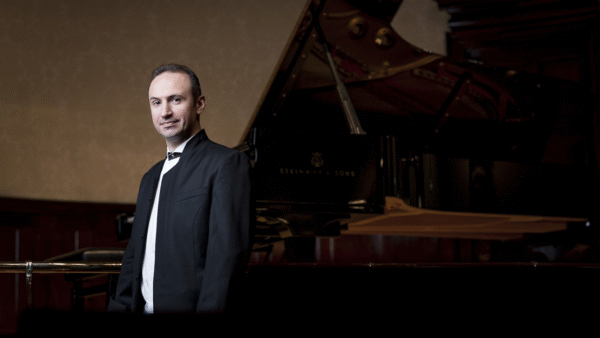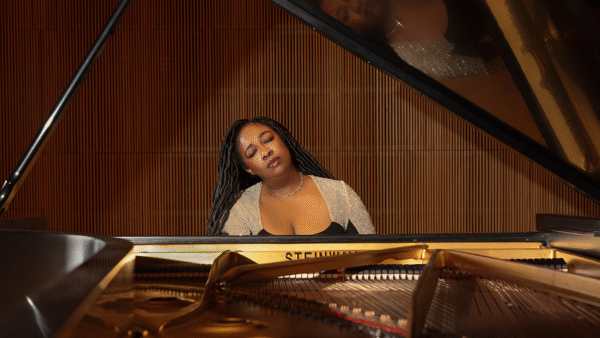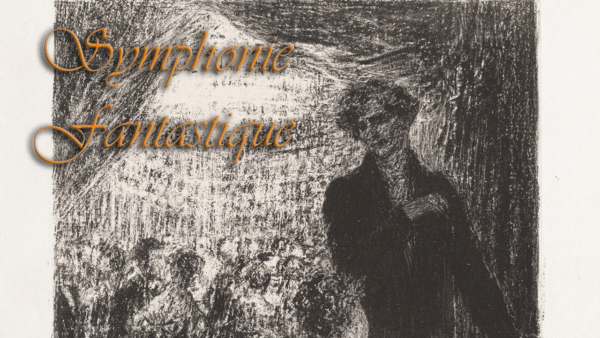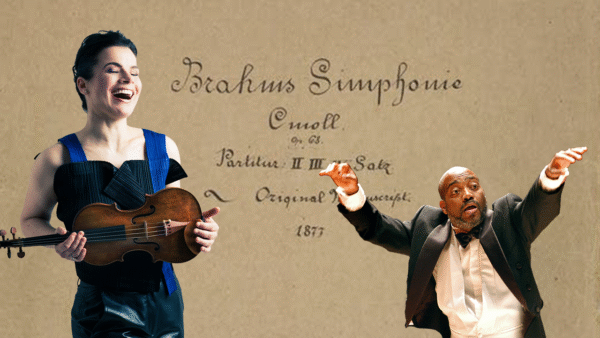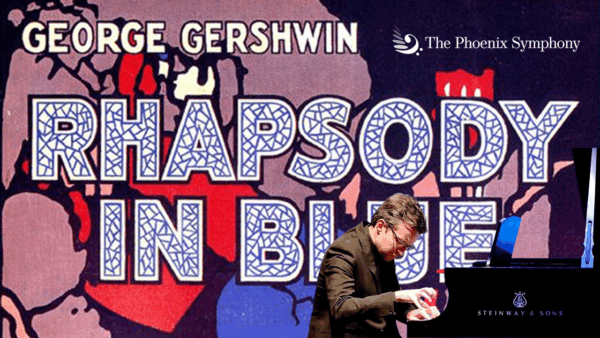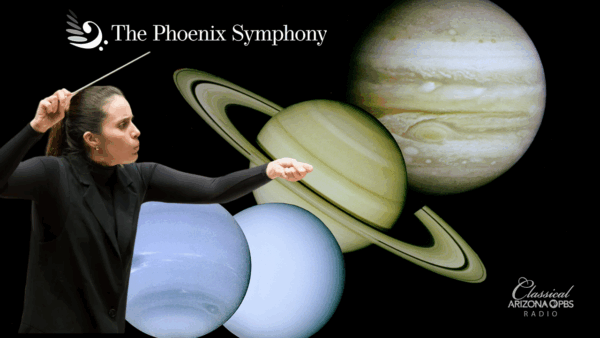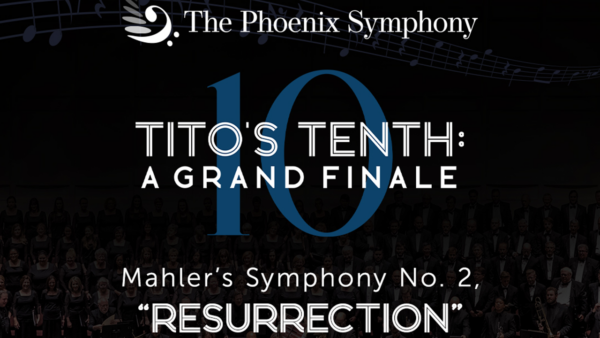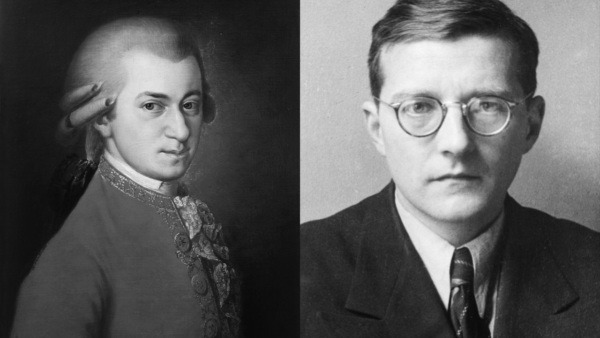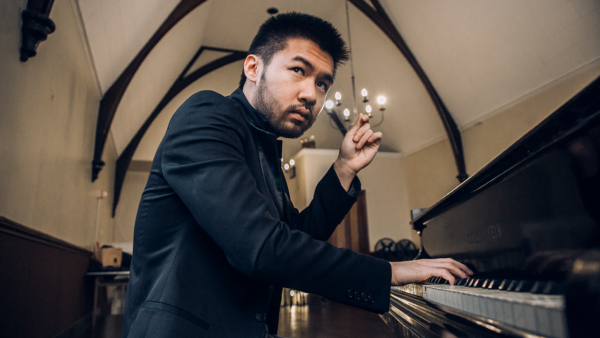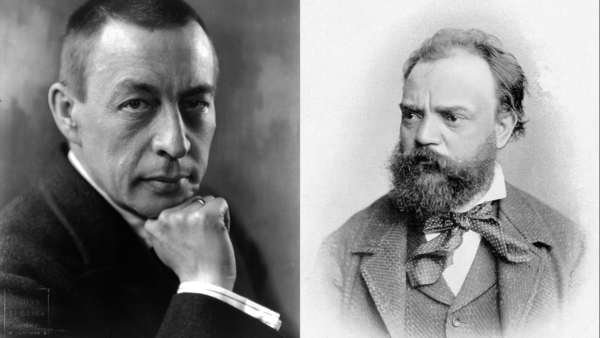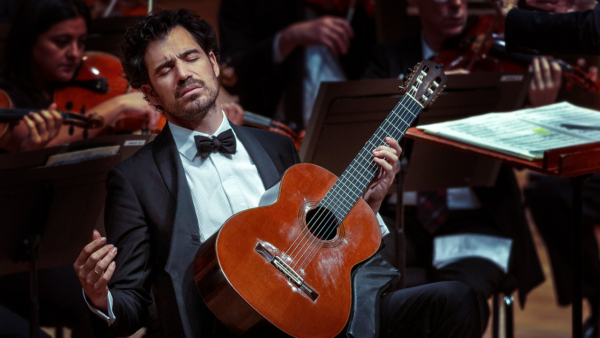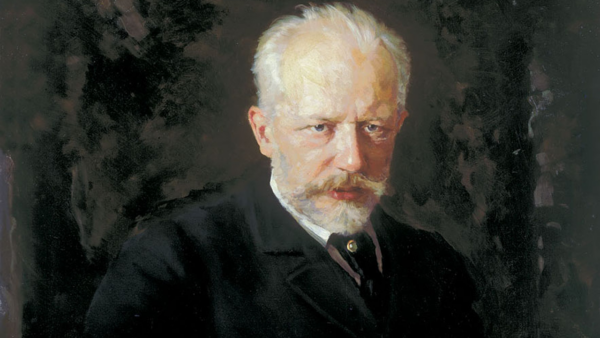Mature Masterpieces by Mozart & Rachmaninoff
Oct. 14, 2024
The Phoenix Symphony Shines with Florence Price, Rachmaninoff, and Mozart
Monday night at 7:00 p.m. — an exhilarating concert by The Phoenix Symphony, highlighting works by Florence Price, Sergei Rachmaninoff, and Wolfgang Amadeus Mozart. Under the baton of guest conductor José Luis Gomez, this program promises a unique blend of timeless classics and underrepresented masterpieces, with violin virtuoso Rachel Barton Pine taking center stage in Florence Price’s Violin Concerto No. 2.
The Legacy of Florence Price’s Violin Concerto No. 2
The centerpiece of this concert, Florence Price’s Violin Concerto No. 2, stands as a testament to Price’s extraordinary musical vision and her perseverance as an African-American woman composer in a historically segregated society. Completed in 1952, just a year before her death, this concerto is the last large-scale work Price ever wrote. Despite its neglect for decades, the piece has experienced a revival in recent years, aligning with broader efforts to spotlight composers of color, particularly women whose contributions were previously overshadowed.
Price’s Violin Concerto No. 2 is a single-movement composition, spanning roughly 14 minutes, and filled with contrasting moods and colors. Drawing on both European classical traditions and her unique voice, Price crafts a work that remains distinctly her own. The concerto flows seamlessly between sections of rhapsodic beauty and virtuosic violin passages, creating a dialogue between the soloist and orchestra that captures the listener from the opening bars.
If known for incorporating elements of African American folk music into her compositions, the Violin Concerto No. 2 is more notable for the influences of Dvořák and Liszt, and almost French-sounding harmonies and textures, evoking composers like Paul Dukas. Yet, the concerto resonates with an emotional depth and intensity that speaks to the experiences and heritage of its composer.
Violinist Rachel Barton Pine—widely recognized for her dynamic and thoughtful interpretations of both classical and contemporary works—brings Price’s concerto to life. Pine’s dedication to championing music by Black composers makes her the ideal interpreter for this masterpiece. Beyond her performances, Pine has been instrumental in raising awareness of underrepresented composers through her charitable work, particularly with her foundation’s Music by Black Composers initiative. In performances like this, Pine not only demonstrates her technical mastery but also deepens the audience’s connection to these once-forgotten works.
Rachmaninoff’s Emotional Farewell: Symphonic Dances
Following the intensity of Price’s Violin Concerto, the concert shifts to Sergei Rachmaninoff’s Symphonic Dances. Written in 1940, these three movements represent the final composition of Rachmaninoff’s career, a piece that reflects the full maturity of his musical style. Initially envisioned as “Fantastic Dances” with the titles “Noon,” “Twilight,” and “Midnight” symbolizing different stages of life, Rachmaninoff eventually settled on the more neutral title of Symphonic Dances, leaving room for interpretation.
Despite the change in title, the dance-like spirit permeates each movement, though it often carries a darker, more introspective tone. In the first movement, the march-like rhythm is punctuated by a soaring theme played by the strings, building a juxtaposition between power and lyricism. The haunting middle movement—a waltz that feels closer to a melancholy Slavic dance than a bright Viennese ballroom—leads to the finale, which Rachmaninoff filled with profound symbolism. Drawing on Russian Orthodox chants and the Dies Irae from the Catholic Mass for the Dead, the final movement becomes a meditation on life, death, and spirituality. The triumphant “Alleluia” inscribed at the end of the score suggests a final peace, a poignant farewell from the composer.
A Lighter Opening: Mozart’s Overture to The Magic Flute
The concert opens with Mozart’s Overture to The Magic Flute, a delightful piece that, while lighter in tone compared to the emotional gravity of Price and Rachmaninoff, offers its own kind of brilliance. Composed in 1791 during the final year of Mozart’s life, this overture features masterful use of counterpoint and dynamic contrasts. The playful fugal Allegro that follows the grand, Masonic-inspired opening chords displays Mozart’s genius at balancing complexity with accessibility. Though this overture was initially met with mixed reactions, it quickly gained popularity, becoming one of Mozart’s most celebrated instrumental works. The Overture certainly brings vivacity and charm to the concert, setting a vibrant tone for the rest of the evening’s program.
Leading the orchestra for this concert is José Luis Gomez, a dynamic conductor whose charisma and precision have earned him acclaim on stages across the globe. The career of the Spanish conductor of Venezuelan descent took off after First Prize at the 2010 Sir Georg Solti International Conductor’s Competition in Frankfurt. In 2016, he became the Music Director of the Tucson Symphony Orchestra where his contract was recently extended to the 26/27 season.
A program not to be missed this Monday evening at 7:00 p.m. with music of Mozart, Florence Price, and Sergei Rachmaninoff creating a musical and emotional journey to start your week. With Rachel Barton Pine’s expert interpretation and José Luis Gomez’s insightful direction, The Phoenix Symphony is set to deliver a performance that will leave audiences enthralled and inspired. Be sure to join us on Classical 89.5 KBACH, KNAU Arizona Public Radio, and DTV 8.5, Classical Arizona PBS.
Featured in this episode:
Mozart – The Magic Flute: Overture, K. 620 – The Phoenix Symphony; José Luis Gomez, conductor
Price – Violin Concerto No. 2 – The Phoenix Symphony; José Luis Gomez, conductor; Rachel Barton Pine, violin
Rachmaninoff – Symphonic Dances – The Phoenix Symphony; José Luis Gomez, conductor
Price – Symphony No. 1 in E Minor – Chineke! Orchestra; Roderick Cox, conductor







